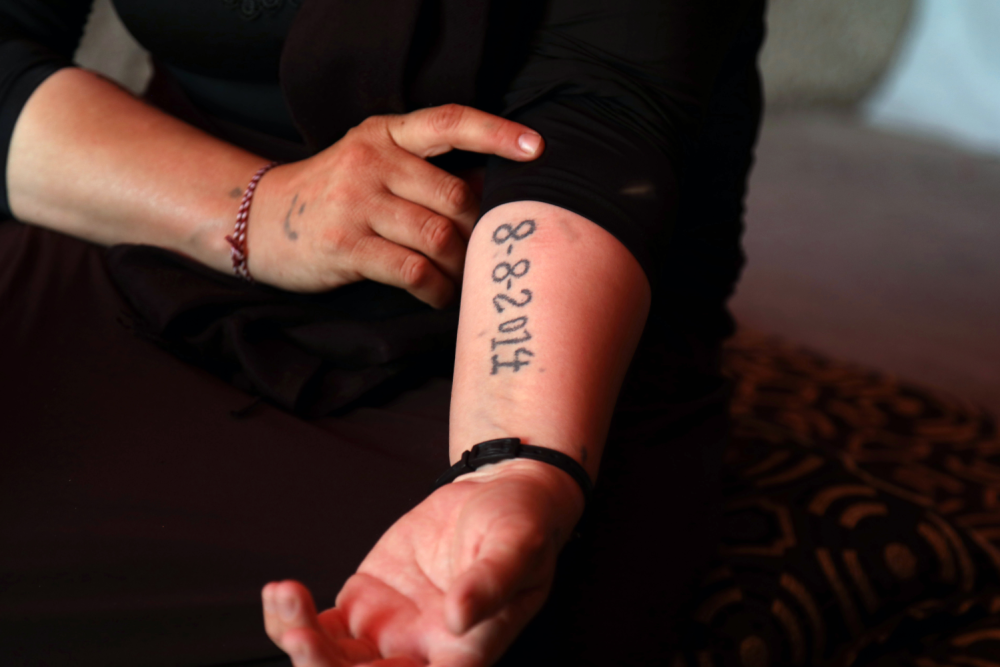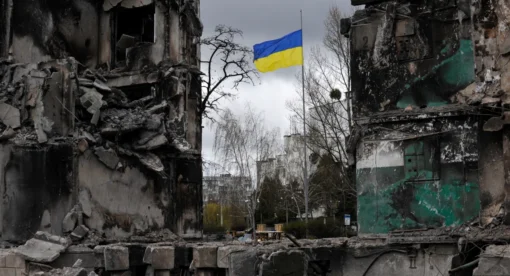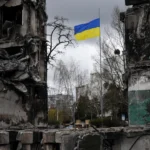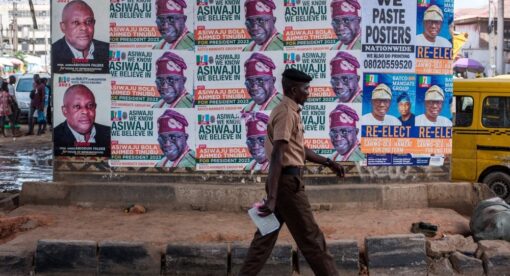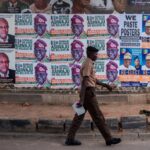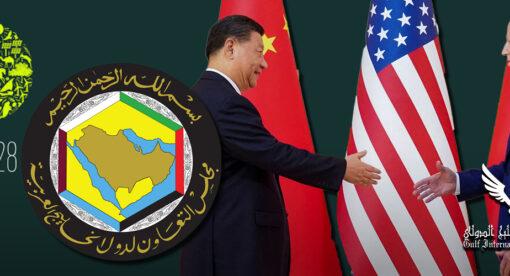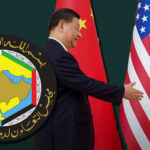As the 1948 Genocide Convention makes clear, killing isn’t the only crime.
More than 75 years after the Holocaust’s horrors, the solemn promise of “never again” remains unfulfilled. Our understanding of genocide, however, has grown, which has improved efforts to prevent and respond to this crime. Understanding how gender interacts with and informs the crime of genocide is a critical and needed perspective in this effort.
Contrary to common misperception, a gendered analysis is not synonymous with crimes against women nor is it only concerned with acts of sexual violence. Rather, the term “gender” refers to a social construct regarding the roles men and women perceivably occupy in society and, for purposes of genocide, within a protected group. A gendered analysis seeks to understand how these gender roles inform which people are targeted for certain acts of genocide and why. This means, for example, that a gendered analysis looks at why it is that men and boys are often targeted for immediate mass killings early on in a genocidal campaign while women and girls are targeted for other types of genocidal acts, including (but not limited to) sexual violence. It also means understanding that nonlethal acts, which disproportionately target women and girls, are a part of genocidal campaigns, instead of placing them into the sphere of crimes against humanity.
Our new report, based on a two-day conference held in September on gender and genocide in the 21st century, delves deeper into this gendered understanding of what exactly constitutes genocide and why it is so important for governments, policymakers, and legal practitioners to frame their policy and humanitarian prevention and response measures in a gender-sensitive manner.
Read more in Foreign Policy.

